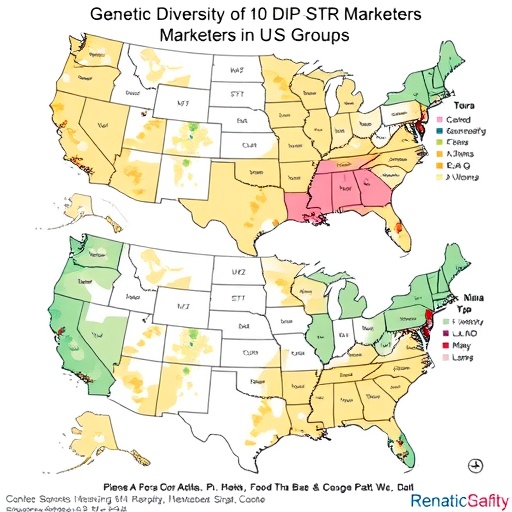While on-the-job fatalities due to injuries and accidents have steadily decreased in nearly every industry in the U.S., the burden of debilitating lung disease in the coal mining industry has sharply increased within the last decade. A new study published in Risk Analysis: An International Journal examines whether compliance with health regulations at mines across the country was sufficient to decrease instances of lung disease.
Increases in lung diseases associated with coal mining have been documented by numerous independent data sources including The National Institute for Occupational Safety and Health (NIOSH) administered Coal Workers' Health Surveillance Program, mortality data from deceased miners, federal black lung compensation and state compensation disability claims and the national transplant registry.
One strategy currently employed to prevent lung disease in mines is compliance with Mine Safety and Health Administration's (MSHA) requirements. MSHA outlines numerous rules and regulations for sampling, emission limits, medical surveillance, dust monitoring, tests for gases and air flow, etc. However, there are limited resources available to help mines determine how much to invest in each potential prevention activity. Given recent increases in dust-induced lung diseases in coal mines, research is needed to help inform resource allocation.
The study, "Interstitial lung diseases in the U.S. mining industry: Using MSHA data to examine trends and the prevention effects of compliance with health regulations, 1996-2015," was conducted by Patrick L. Yorio, Ph.D., A. Scott Laney, Ph.D., Cara N. Halldin, Ph.D., David J. Blackley, Dr.P.H., Susan M. Moore, Ph.D., Kerri Wizner, MPH, Lewis J. Radonovich, M.D., and Lee A. Greenawald, Ph.D., from NIOSH. The researchers analyzed data from MSHA's databases to determine the effectiveness of the MSHA standards and regulations.
Current MSHA requirements outline numerous rules for both eliminating or reducing airborne contamination and the risk of exposure through management practices. For example, maintaining a working environment with noted airborne contaminants below a certain level, effectively communicating levels of airborne contaminants and providing NIOSH-approved personal respiratory protection when appropriate. The researchers analyzed the MSHA standards in their entirety, parts 1-104, and found 17 total instances in which a standard mandates that mines continuously maintain airborne contaminants below a specified level and 51 instances in which a standard mandates that mines accurately assess the airborne hazards, communicate the assessment results and provide protection when appropriate.
The researchers used data from 8,165 mines across the country that were active during 1996-2015. The data revealed 730 cases of lung disease reported from 2006-2015. Coal mines reported a majority of the cases (662), all of which were cases of pneumoconiosis. Additionally, the majority of lung disease cases (640) originated in the Appalachian region, compared to a total of 22 cases in the Western, Southern, and North Central regions combined.
Statistical analysis of the data revealed that for each unit increase in an inspector observed instance of non-compliance with regulations related to reducing the risk of exposure through management practices there was a 12-14 percent increase in the probability of that mine reporting lung disease. For each unit increase in an inspector observed instance of non-compliance with regulations related to reducing airborne contamination, there was a 10-22 percent increase in the probability of that mine reporting a lung disease. Mines located in the Appalachian region were also 2.73-3.40 times more likely to report a case of pneumoconiosis compared to other regions. Underground mines were also 8-9.78 times more likely to report a case than surface coal mines.
"Our study found that mines that comply with relevant MSHA health standards experience a substantially lower number of lung diseases over time," said lead author Yorio, Ph.D., of CDC's NIOSH. "This suggests a disciplined effort to comply with relevant MSHA requirements can be an effective method to prevent mining-related occupational lung disease."
Cases of lung disease reported to the MSHA occurred mostly in underground coal mines concentrated in the Appalachian region of the U.S. In general, coal mines were 16-17.8 times more likely to report a lung disease diagnosis to MSHA than a non-coal mine. The findings of this study empirically demonstrates the efficacy of actionable organizational strategies designed to prevent occupational lung diseases.
###
Media Contact
Melanie Preve
[email protected]
203-389-5223
http://dx.doi.org/10.1111/risa.13000




